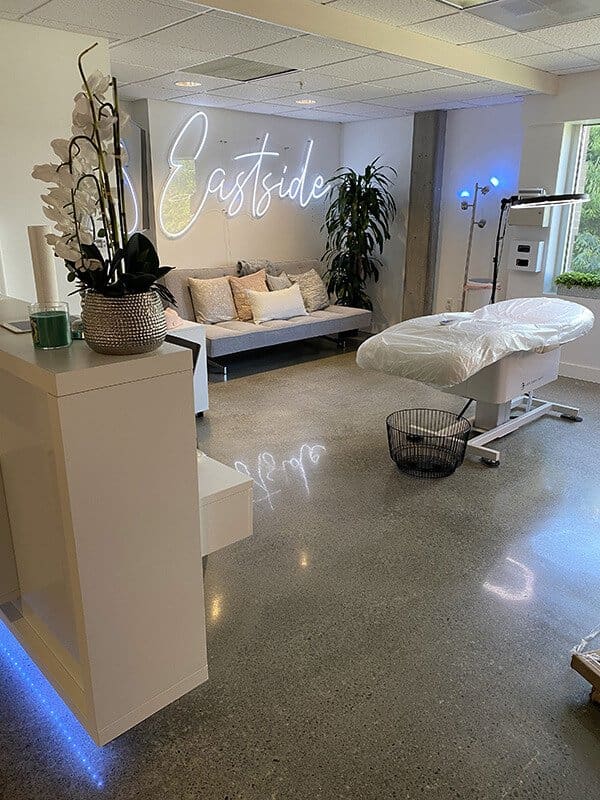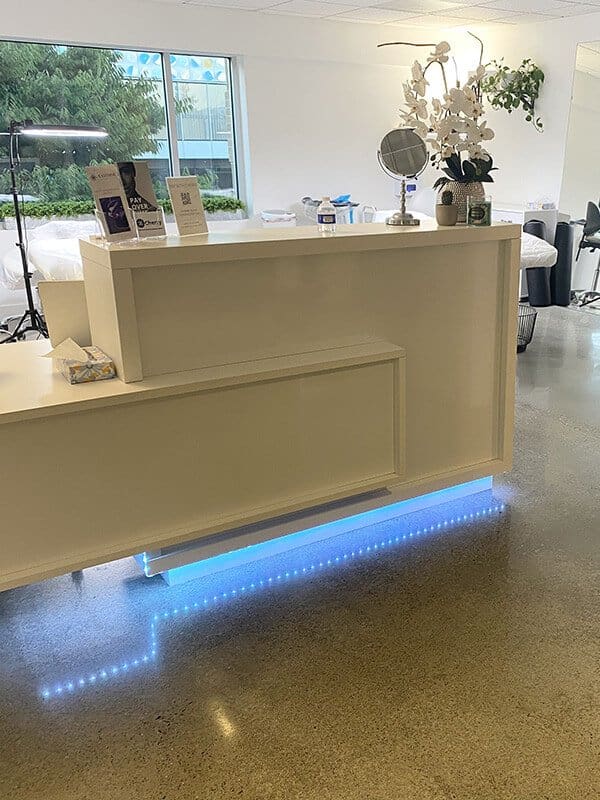Permanent makeup sounds like a dream: wake up with perfect brows, lips, or eyeliner without touching a product. But sometimes that dream can take an unexpected turn when pigment doesn’t heal the way it should. Maybe the color faded too fast. Maybe it shifted to a weird tint over time. Or perhaps parts of it didn’t hold at all. These are all signs that something wasn’t quite right during or after the process.
In a dry, hot place like Scottsdale, skin can react a little differently to pigments. Add in sun exposure, different skin tones, or technique errors and you’ve got a mix of things that can mess up a permanent makeup treatment. It’s frustrating when something that’s supposed to save time turns into something you want to fix or remove. The good news is, most pigment problems can be corrected once you know what’s behind them.
Causes Of Pigment Issues In Permanent Makeup
Permanent makeup problems usually don’t happen out of nowhere. They have a cause, and a lot of the time, they can be avoided or corrected if you know what to look for. When pigment doesn’t behave how people expect, it usually comes down to one of these things:
1. Poor quality pigments: Low-grade colors can fade faster or change hue over time. Some may contain metals or additives that react poorly with skin or the environment. For example, a light nude lip tint could heal into an odd coral or gray tone if the pigment breaks down unexpectedly.
2. Incorrect application techniques: The way pigment is implanted matters. Going too deep can cause scarring or migration. Not going deep enough can cause spotty results. If the artist doesn’t properly understand skin anatomy, the pigment may not stay put where it’s supposed to.
3. Skin type and pigment retention: Oily or mature skin tends to push pigment out more easily. If someone is prone to sweating or has high cell turnover, pigment might not stick or it may heal patchy. Certain medications or skincare products can also affect how pigment settles.
Even with a trained technician, skin can be unpredictable. Healing plays a huge role. If someone picks at their healing skin too early or doesn’t follow proper aftercare, even the best work can end up looking off.
Every client’s skin is different, and even the same pigment can look different on two people. That’s why correcting or removing poorly healed permanent makeup starts with figuring out what went wrong.
Identifying Pigment Problems And Their Impact
Knowing something’s wrong with your permanent makeup is one thing. Figuring out exactly what kind of problem you have is another. The good thing is, most pigment issues show themselves pretty clearly. And once you can name what’s happening, it’s easier to take the next step.
Here are a few common signs of pigment problems:
1. Color fading or shifting: This is when the pigment doesn’t stay rich or changes color. Brows might fade into a reddish tone, lips might turn purple or gray, and eyeliner could turn blue or green in some cases. The result may not match the original tone at all.
2. Uneven pigmentation: You might notice sections that held pigment well and others that didn’t. This creates a blotchy or patchy look, especially in brows and lips where symmetry is important.
3. Allergic reactions: Redness, itchiness, or swelling that lasts longer than the usual healing period could point to an allergic response to the pigment. While not as common, this kind of reaction has to be handled carefully and usually means the pigment needs to be removed.
Sometimes these effects can show up right after healing. Other times, they might slowly develop over the course of a few months or even a year. For example, someone might love their lip blush when it first settles, but after too much sun exposure, it starts to fade into an orange tint. That’s a sign the pigment didn’t agree with their lifestyle or skin tone in the long run.
Color inconsistencies mess with confidence, especially when the results are on your face. That’s why it’s helpful to spot them early and figure out if it’s something that can be corrected or if a permanent makeup removal is the better option.
Effective Solutions For Permanent Makeup Pigment Problems
So, what can you do if your permanent makeup isn’t what you dreamed of? The good news is there are solutions. Getting the right fix usually begins with figuring out the best approach for the specific issue at hand.
1. Professional Permanent Makeup Removal Procedures: Sometimes, when pigment problems are too far gone or bothersome, removal is the way to go. Specialists can use techniques like laser removal to fade the unwanted pigment. This process is carefully done, typically over several sessions, ensuring that the skin is treated gently to minimize any damage.
2. Corrective Permanent Makeup Techniques: If total removal isn’t the goal, another option is corrective work. Expert artists can add new pigment to balance out any unwanted tones or patchiness. This might involve layering new, high-quality pigments or making adjustments to improve color and symmetry.
3. Proper Aftercare and Maintenance: After care is really your friend when it comes to keeping pigment problems at bay in the future. Following simple skincare routines and staying out of the sun can go a long way in maintaining the color and texture of your permanent makeup. Small habits like these also play a big part in ensuring any corrective or removal work heals well.
Each of these paths comes with its own steps and benefits, and what’s right for one person might look different for another. Consulting with a professional can help in choosing the best solution tailored to individual needs, and that’s something they can guide you on based on your unique situation.
How To Choose The Right Technician For Permanent Makeup Removal In Scottsdale, AZ
Finding the right person to fix or remove permanent makeup can make all the difference. Here’s what you can do to make a smart choice:
1. Research and reviews: Dive into online resources. Look up reviews and before-and-after photos of local experts in Scottsdale. See what people are saying about their experiences. A pattern of satisfied clients usually hints at reliable and professional work.
2. Consultation process: Book consultations with a few technicians. This gives you a chance to ask about their qualifications, experience with pigment removal, and what you can expect during the treatment process. It also allows you to gauge if they listen to your concerns and provide realistic expectations.
Choosing a technician is more than just skills. It’s about trust. When you feel comfortable with someone and you’re confident in their abilities, the process becomes a lot smoother.
Getting Back to Feeling Good
Getting to a place where you feel good about your appearance again can be a journey, but it’s worth every step. Whether it’s opting for removal, going with corrective techniques, or simply learning from past experiences, the goal is to look in the mirror and see a reflection that makes you smile.
Each step you take toward fixing pigment problems is a move closer to reclaiming your confidence. It’s about finding peace with how you look and making choices that reflect what you want. Once you find what makes you feel happy and comfortable, it’s like opening a new chapter with a fresh start.
Trust that even if the first procedure didn’t go as planned, there are paths to improvement. And by taking those steps, you’re saying yes to putting yourself first. Confidence shows, and when you feel good, it carries into every part of your life.
If you’re feeling stuck with results that didn’t turn out quite right, we’re here to help you take the next step. At Eastside Microblading Studio, our team offers expert guidance whether you’re looking for a correction or a fresh start. If you’re in Scottsdale and considering a solution that restores your natural look, professional permanent makeup removal may be the right fit. Reach out to explore your options and let us help you move forward with confidence.




